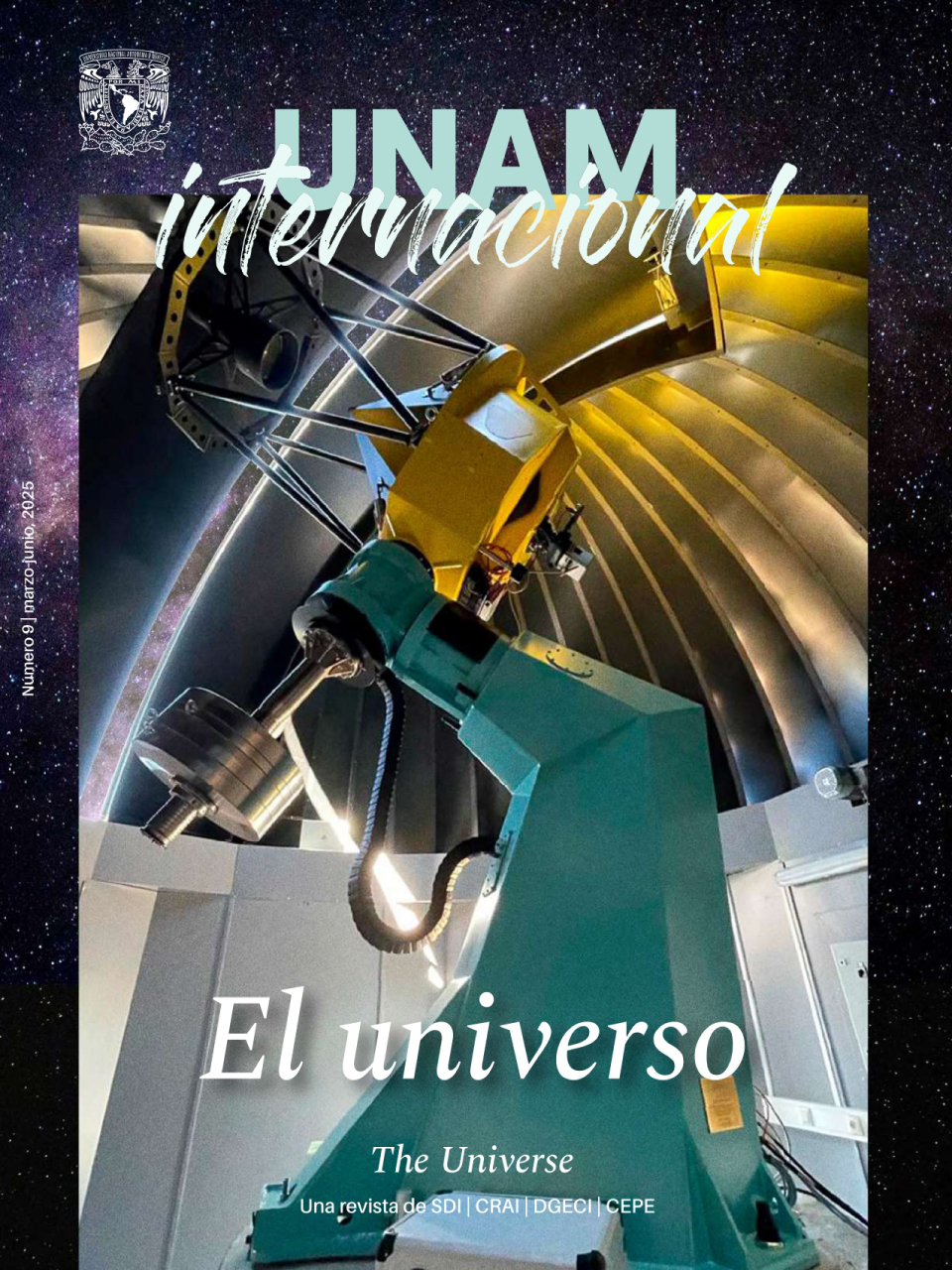31-03-2025
Looking for Exoplanets. The Transit of a Colombian Astronomer in Mexico
I was born in Chaparral, a small Andean town in the department of Tolima, Colombia. When I was 13 years old, my family and I moved to Bogotá, where I completed my secondary education in a public school in the south of the city. It was then when I visited the Bogotá Planetarium thanks to a student astronomy club. At 14, I attended a brief astronomy course for teachers and the subject captivated me like no other had in school.Without being an outstanding student then, the experience at the planetarium allowed me to discover that astronomy was what I wanted to dedicate myself to professionally. When I finished school, I understood that if that’s what I wanted, I had to follow a graduate degree and so I chose a major that would prepare me as good as possible. I got a full scholarship to study a degree in natural sciences at the University of La Sabana, in Chía, Cundinamarca. In Colombia, an undergraduate degree is equivalent to teacher training, so my profile ultimately focused on teaching natural sciences with an emphasis on physics and astronomy.
During the five years of my degree, I confirmed two of my passions: research in astronomy and scientific dissemination. I participated in a student research group and in dissemination activities that allowed me to explore astronomical topics while completing my pedagogical training. My desire to be prepared for a graduate program in astrophysics led me to constantly seek opportunities: I participated in three summer/winter schools (two of them at UNAM and one in Central America) and in citizen science initiatives such as the search for asteroids. Through the Colombian astronomical community, I learned about the School of Observational Astronomy for Latin American Students co-organized by UNAM’s Institute of Astronomy (IA) at the National Astronomical Observatory of Tonantzintla, Puebla. I applied twice before I was accepted. That was the first time I left Colombia. That experience finally convinced me that I wanted to be a professional astronomer and that Mexico was the place where I wanted to study.
Back in my country, I dedicated one more year to finish my undergraduate degree and then I applied to UNAM’s postgraduate program in astrophysics. The admission process was demanding, especially because I lacked training in some areas of physics. However, I enrolled in propaedeutic courses, took the exams, and after two intense months, I received the news that I had been admitted.
Undoubtedly, there has been great support behind that achievement (and every other I have had): my family always supporting me to fully dedicate myself to my studies, my professors, and friends who trusted and pushed me to pursue the goals that I enthusiastically shared with them at the time.
At the end of July 2024, I returned to Mexico to begin my master’s degree in astrophysics. Living in another country always involves cultural and personal challenges, but Colombia and Mexico share roots and history that have facilitated my everyday life. From an academic point of view, taking a leap from a pedagogical approach to an exclusively disciplinary one has required effort, but the experience has been extremely enriching. The IA has offered me a cutting-edge research environment with people who inspire and motivate me to contribute to astronomy within my possibilities and knowledge. I work with the team of Dr. Yilen Gómez Maqueo Chew in the study of transiting exoplanets, a topic in which I became very interested thanks to my mentors in Colombia and to which I hope to contribute from now on.
I can say that I am grateful for having had people and opportunities in my way that today allow me to have the privilege of working at UNAM in projects of search and characterization of transiting exoplanets, collaborating with national and international teams of the highest level who work every day to expand the frontier of human knowledge about the world that we live in, about how it was formed, how it can sustain life, and about the possibility of there being other worlds like ours.
Santiago Páez Avendaño is a Colombian astrophysicist working at UNAM’s Institute of Astronomy; his work focuses on the study of exoplanets.
